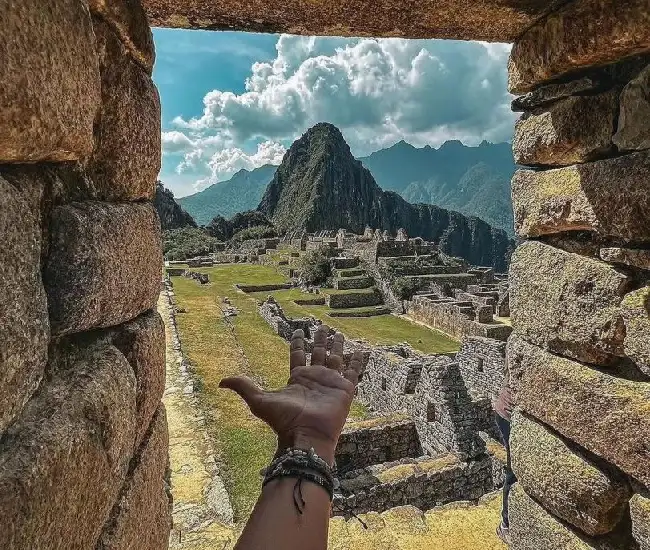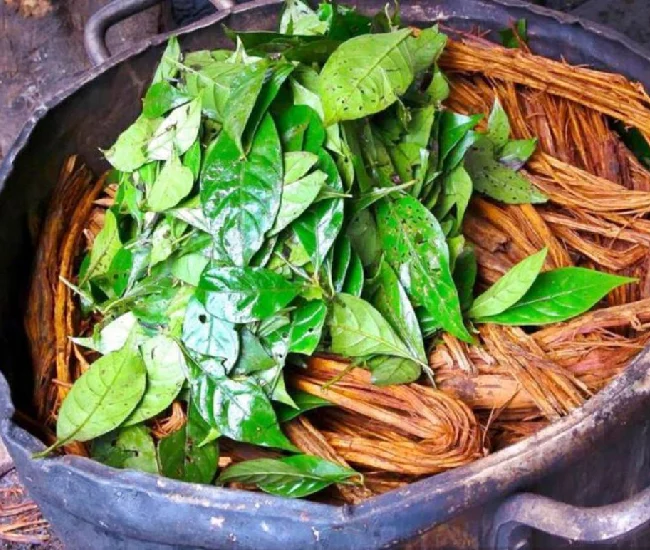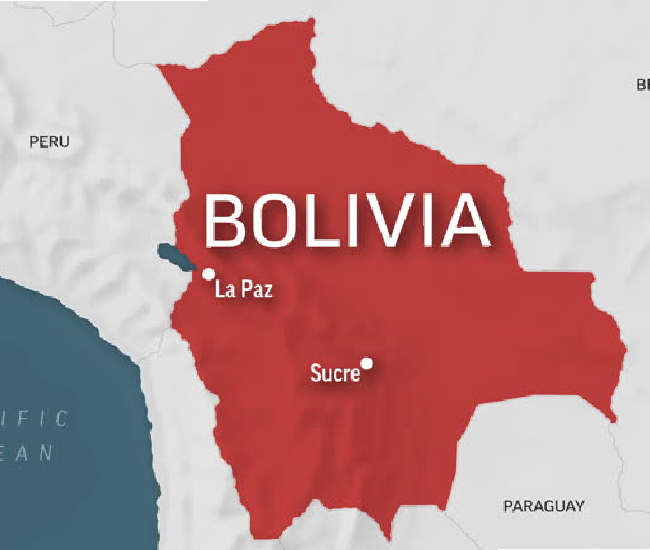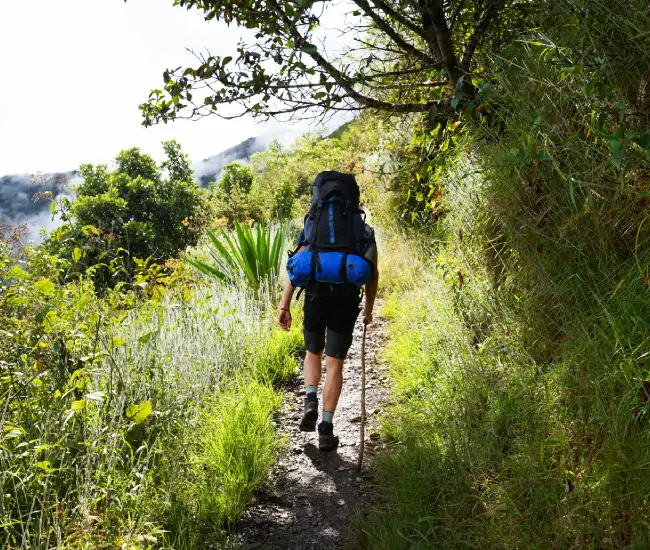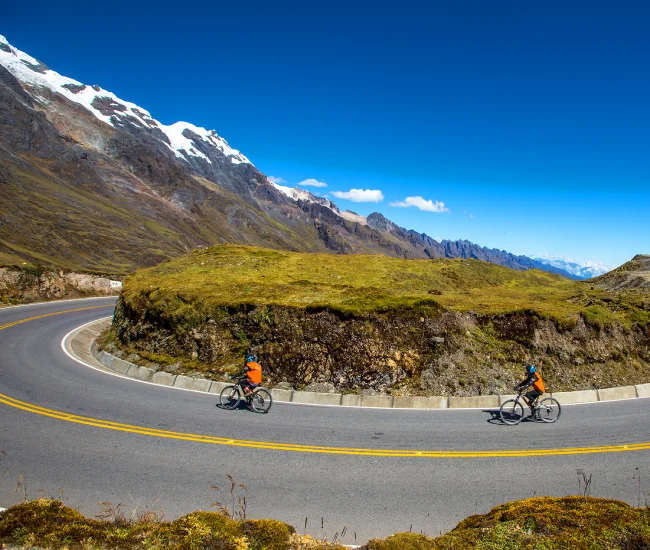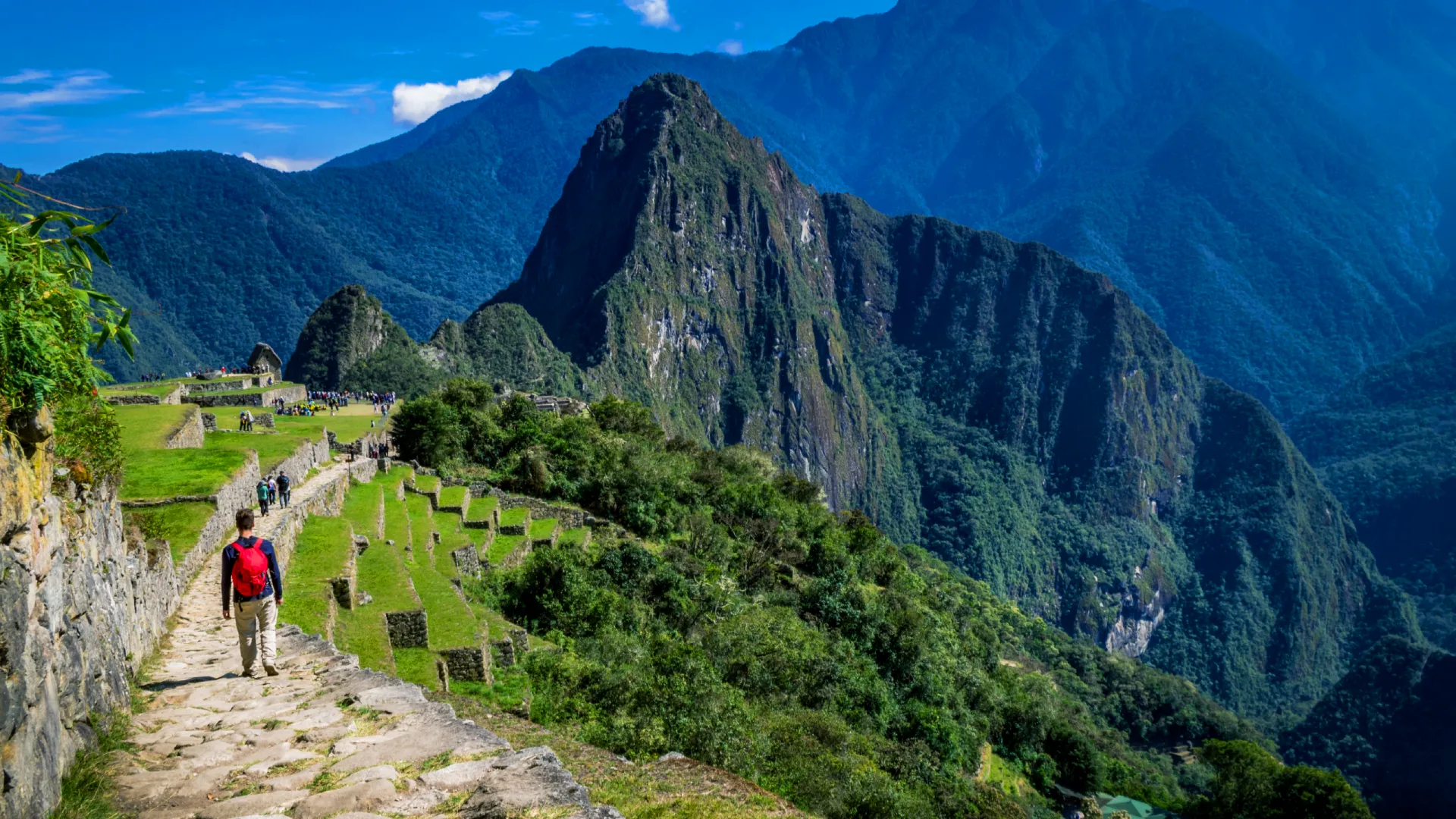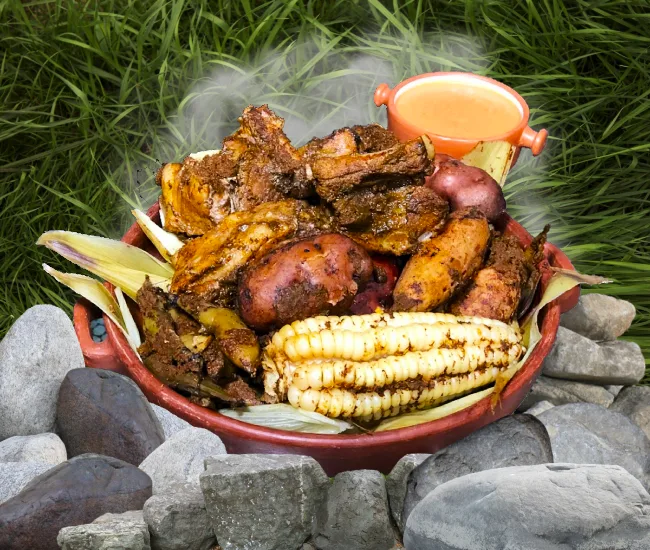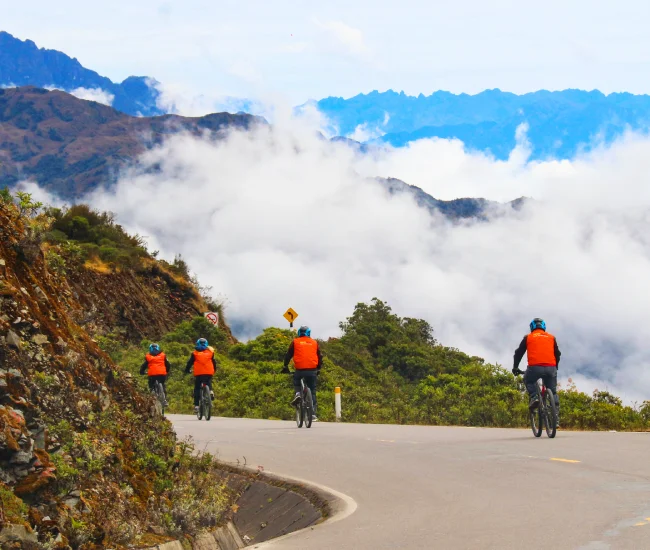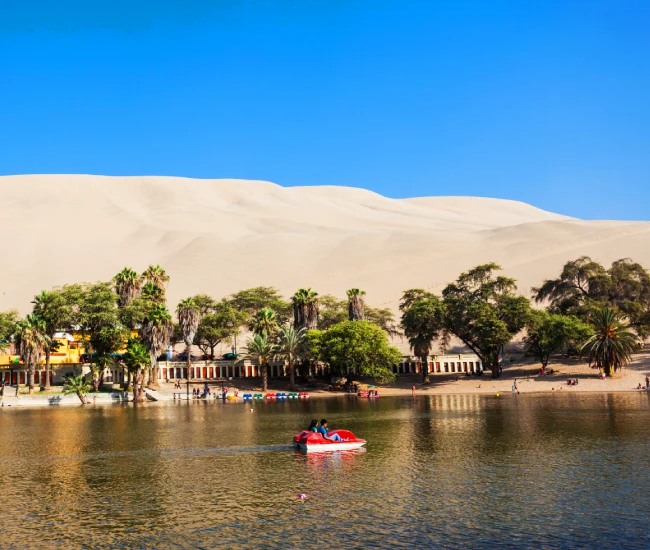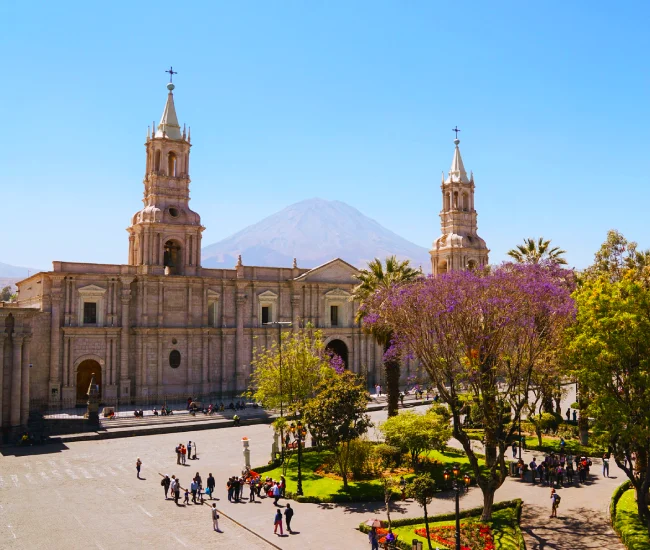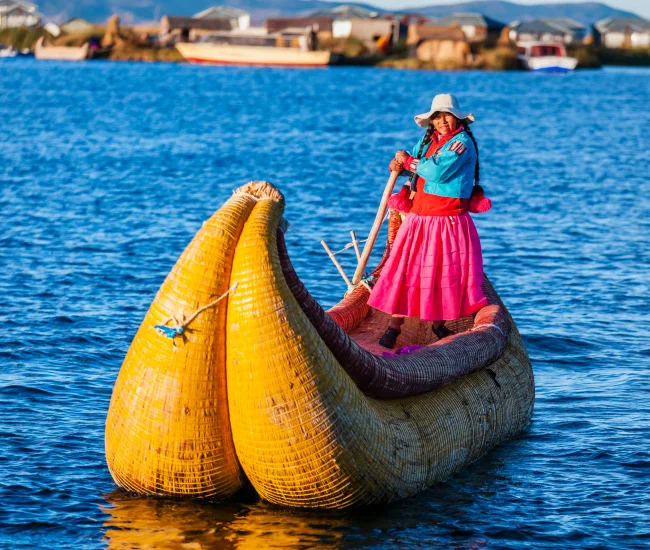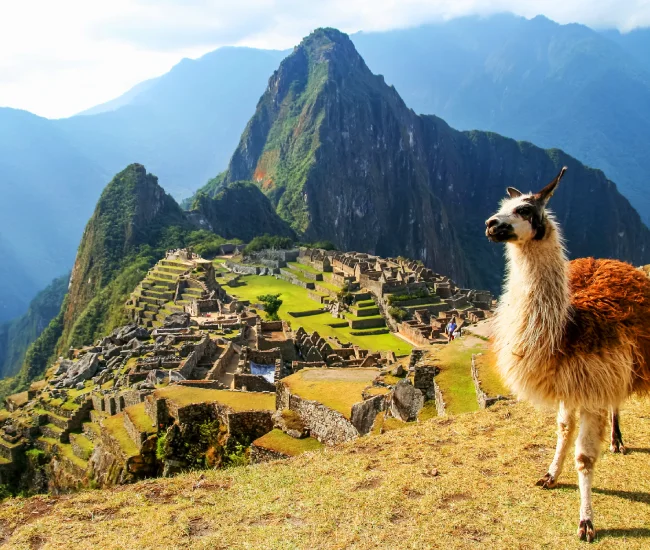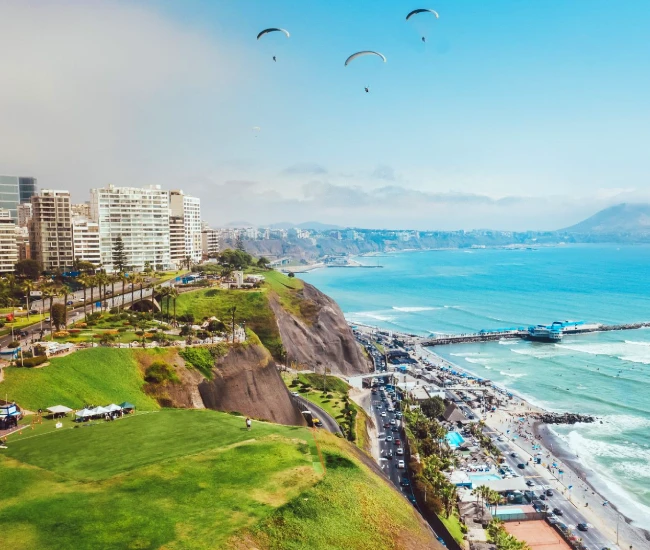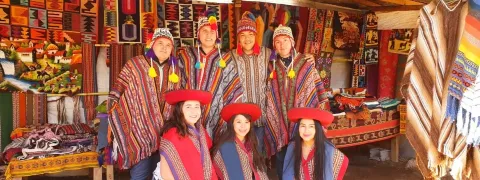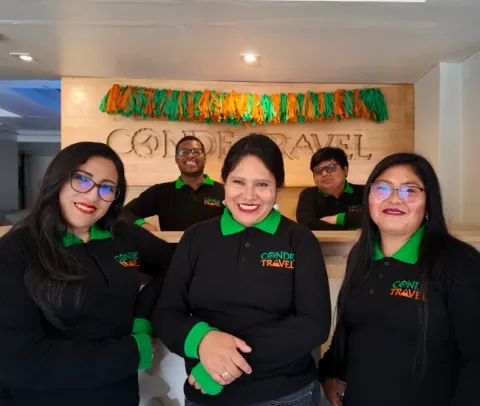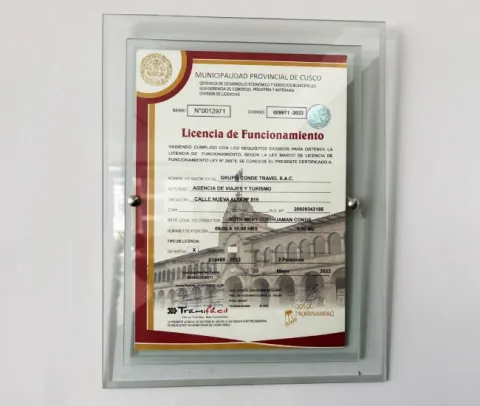Follow the User Guide to start building your site.
CONDE TRAVEL ADVENTURES
At Conde Travel Adventures, we craft unforgettable journeys through Peru’s Andes. Rooted in Cusco, our local experts bring you closer to Machu Picchu, Inca Jungle Trek, and Salkantay Trek. Our guides share deep Inca knowledge, while we preserve heritage with community support. We tailor adventures for all, ensuring safety with quality gear and 24/7 support. Recognized for excellence, we inspire with every trip. Join us for a journey of confidence and care.

MOST POPULAR
Get ready for adventures that combine adrenaline, culture, and breathtaking scenery. Inca Jungle Trek: mountain biking, rafting, zip-lining, and hiking to Machu Picchu. Salkantay Trek: cross mountain peaks, visit lagoons, and reach Machu Picchu. Inca Jungle + Salkantay Combo: the ultimate adventure combining both treks. Machu Picchu by train: a comfortable journey to the Inca wonder.
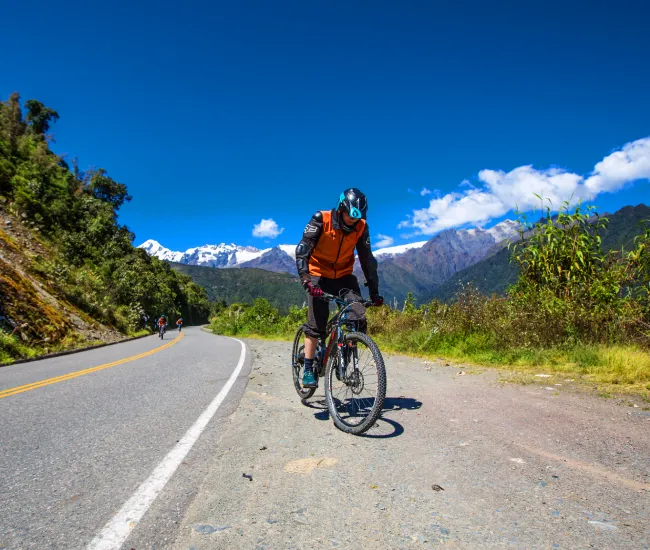
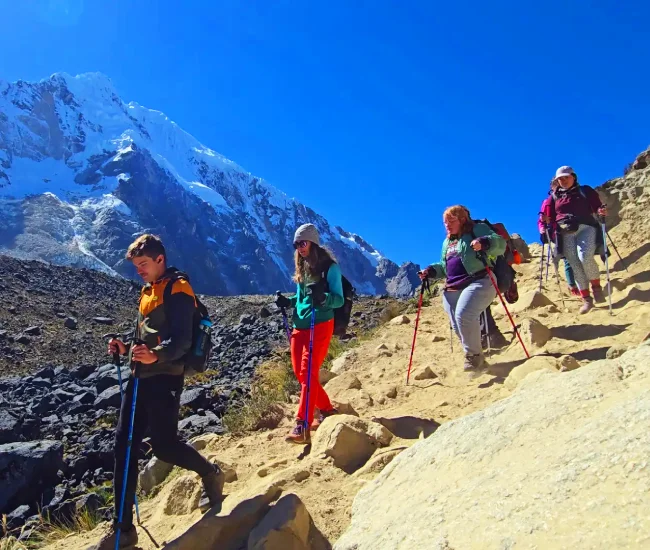
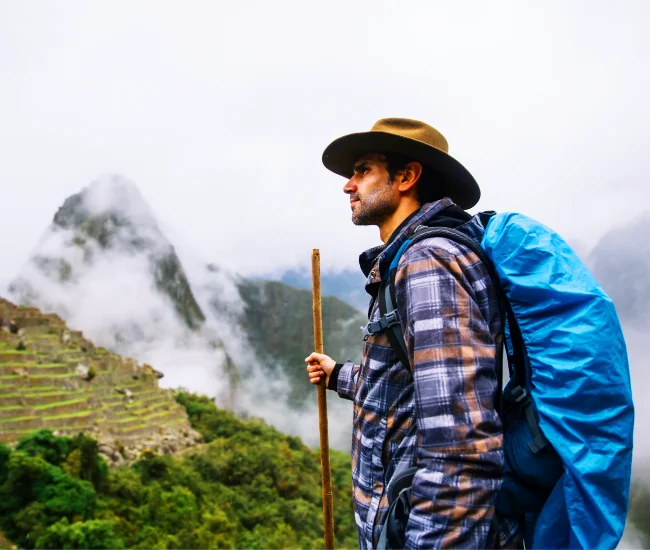

Inca Jungle Premium
Elevate your Inca Jungle adventure with our Premium Offer! Enjoy a deluxe version featuring enhanced biking, rafting, and ziplining through the Andean jungle, with premium accommodations and personalized guides. Discover Machu Picchu in style with VIP access and unforgettable thrills. Book now for a limited-time upgrade to this epic journey!
ALTERNATIVE TOURS
Discover hidden gems with our alternative tours, offering thrilling alternatives to classic routes. Explore the lesser-known Choquequirao Trek, a rugged journey to the "sister" of Machu Picchu. Venture into the Ausangate Trek, surrounded by stunning alpine lakes and peaks. Experience the Lares Trek, blending cultural villages with scenic trails. Each tour promises an authentic adventure tailored to your spirit of exploration.

Salkantay Trek
Unmissable Salkantay Trek Special! Explore breathtaking Andean peaks, glacial lagoons, and Machu Picchu with expert guides. Enjoy a unique journey through diverse terrains with added perks for a limited time. Secure your spot now for an unforgettable adventure!
DESTINATIONS
Dive into the magic of the Andes with our top destinations: Machu Picchu, the lost city of the Incas, a dream for every adventurer. Inca Jungle Trek, a thrilling blend of biking, rafting, ziplining, and trekking. Salkantay Trek, a challenge through stunning glaciers and lagoons. Cusco & Sacred Valley, rich in history and markets. Rainbow Mountain, a hike with vibrant colors.
REVIEWS
Discover what makes our adventures special through the voices of those who’ve explored with us. From the stunning trails of the Inca Jungle Trek to the majestic views of Salkantay Trek and Machu Picchu, our guests share their stories of exceptional service and unforgettable moments. Dive into their feedback to see why we’re a trusted choice for your journey.
FREQUENTLY ASKED QUESTIONS
Wondering about your adventure? Find out what to pack for the Inca Jungle Trek, how to prepare for high altitudes on Salkantay, or what to expect at Machu Picchu. We cover booking details, tour inclusions, and travel tips to ensure a smooth experience. Get informed and start planning!
Inca Jungle is an exciting trek to Machu Picchu featuring biking, rafting, ziplining, and hiking through Andean and jungle landscapes.
The Inca Jungle Trek is an adventurous alternative to reach Machu Picchu, combining biking, rafting, ziplining, and hiking through the Peruvian Andes and Amazon rainforest.
Yes, Inca Jungle includes safety gear and expert guides for all activities like biking and ziplining.
Pack lightweight clothes, sturdy shoes, a rain jacket, sunscreen, water, and a small daypack for essentials.
Yes, spend a few days in Cusco to adjust to the high altitudes, starting at over 4,300m at Abra Malaga.
The dry season (May to October) offers clear skies, while the wet season (November to April) brings lush scenery.
WE BELIEVE IN WHAT WE DO
We believe in crafting journeys that honor Peru’s heritage and inspire travelers. Rooted in Cusco, we’re driven by a love for the Andes, from Machu Picchu to the Inca Jungle Trek and Salkantay Trek. Our commitment to sustainability and local communities fuels every adventure, ensuring a meaningful experience for you and the land we cherish.
LATEST BLOGS
How to Prepare for the Inca Jungle Trek: Gear and what to expect in a thrilling adventure. Salkantay Trek: Tips to conquer the Andes, including stunning lagoons. Inca Culture: What to know before visiting Machu Picchu. Cusco Guide: Best places to eat and explore locally.
